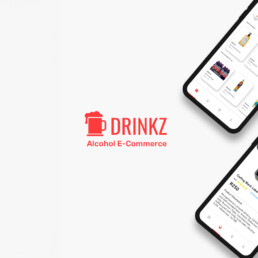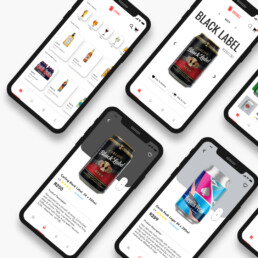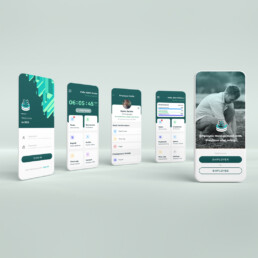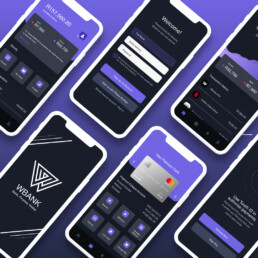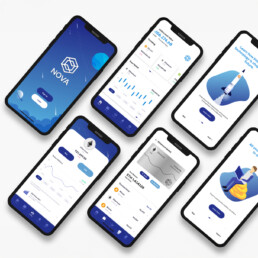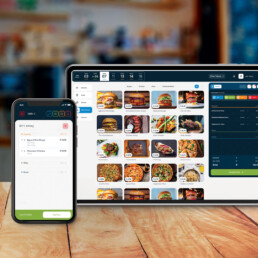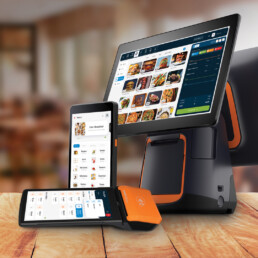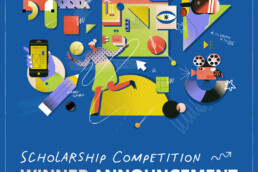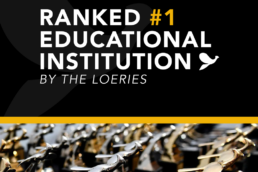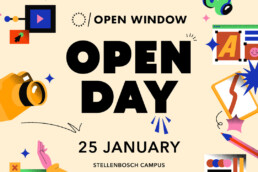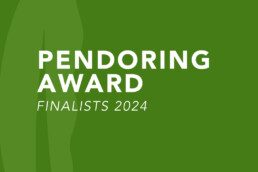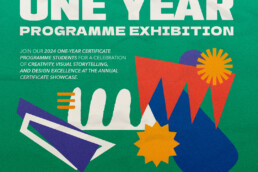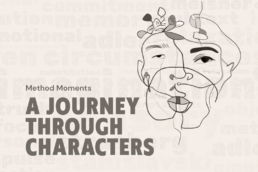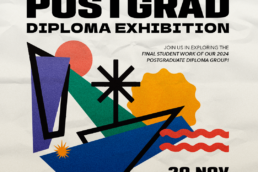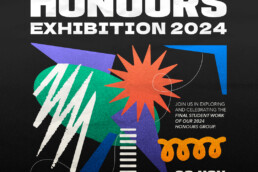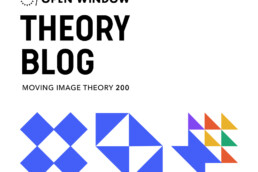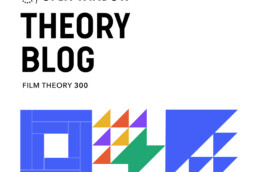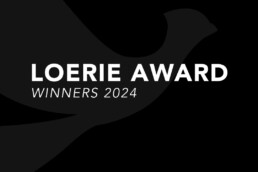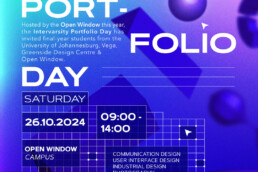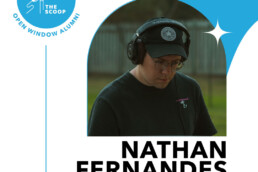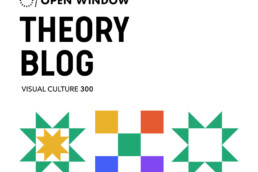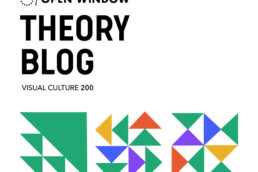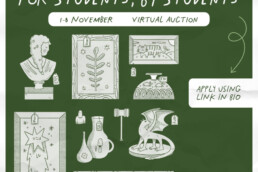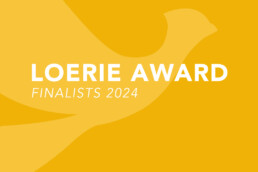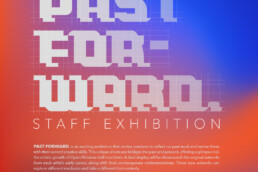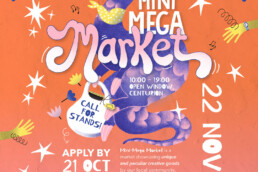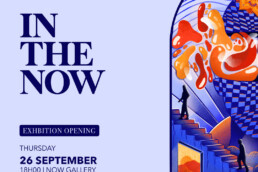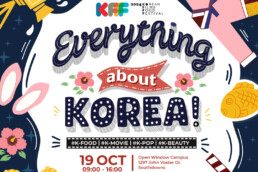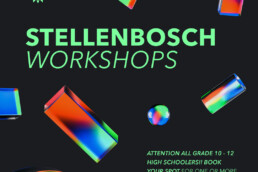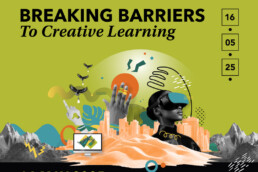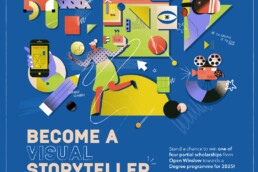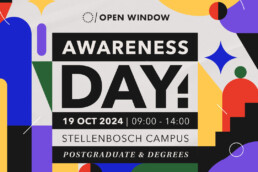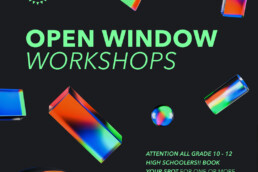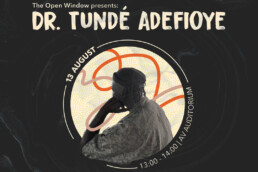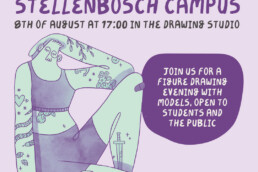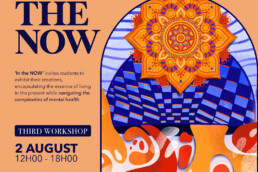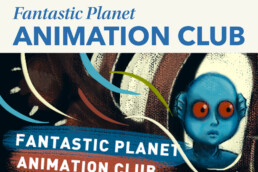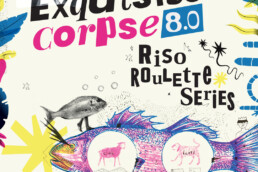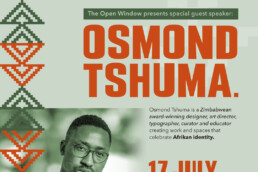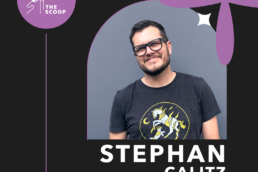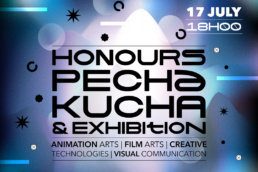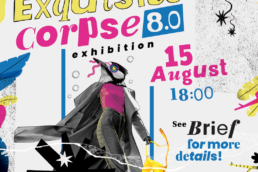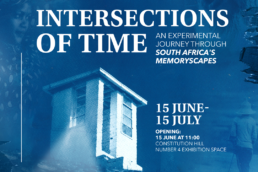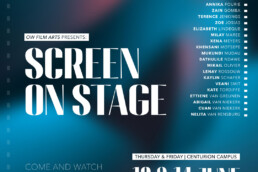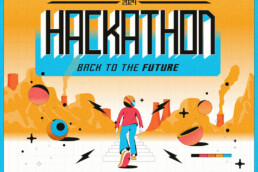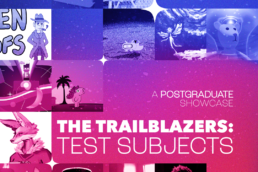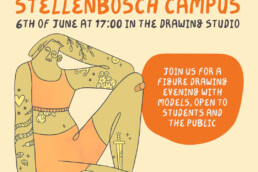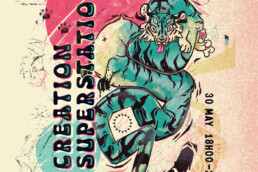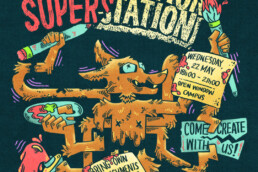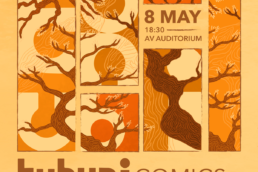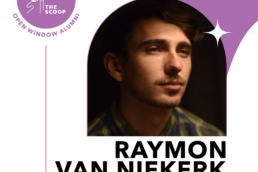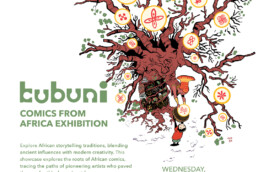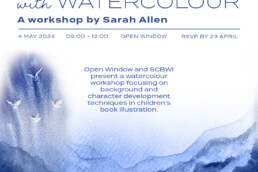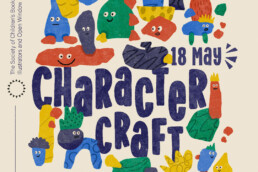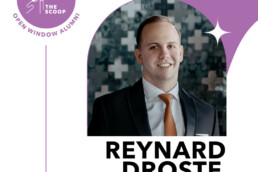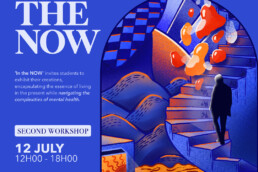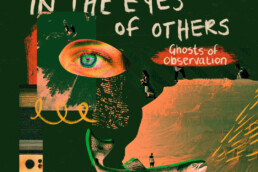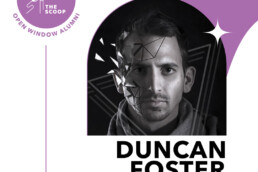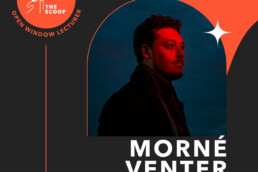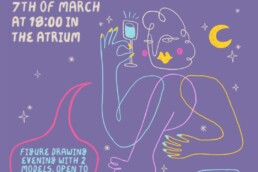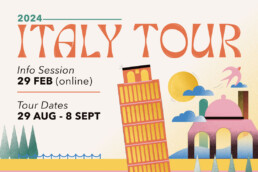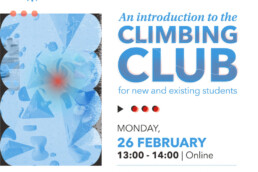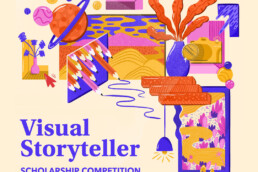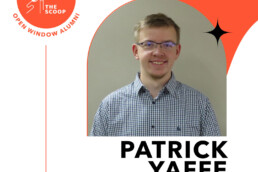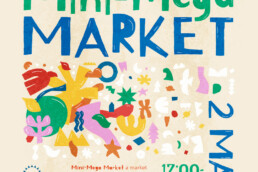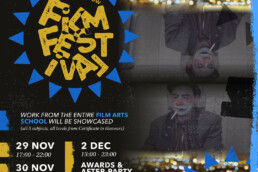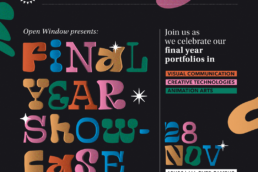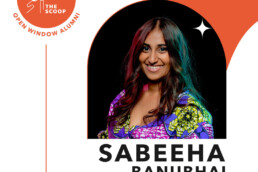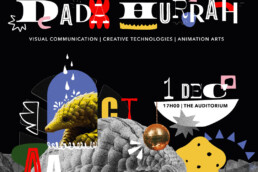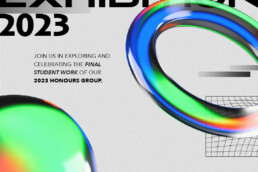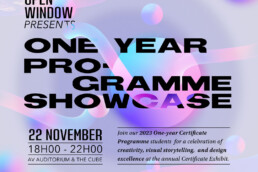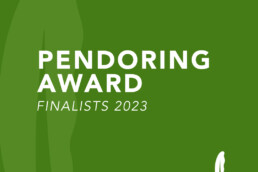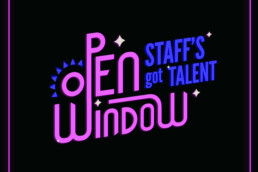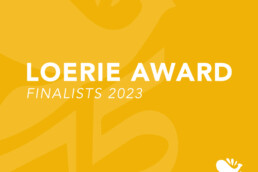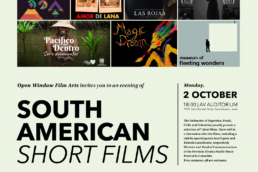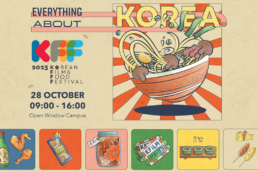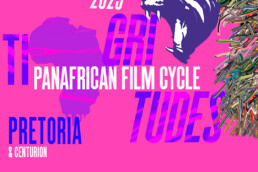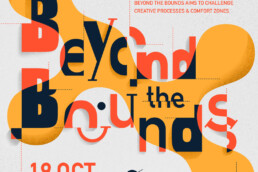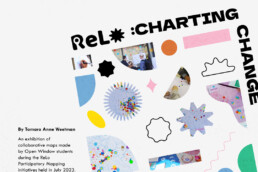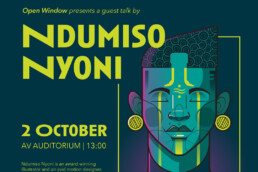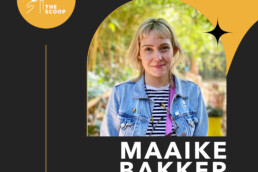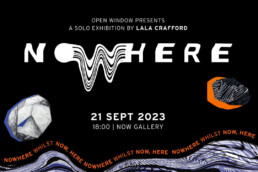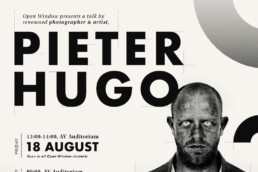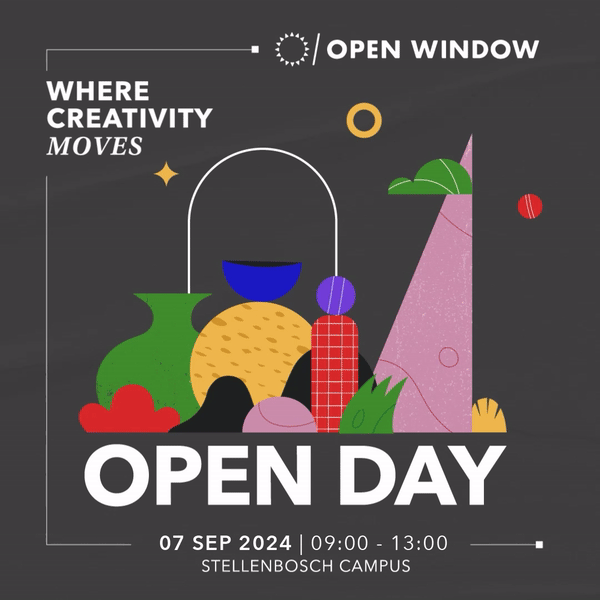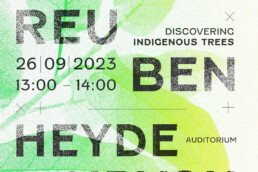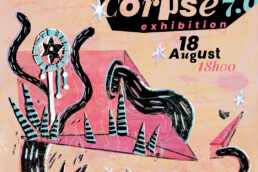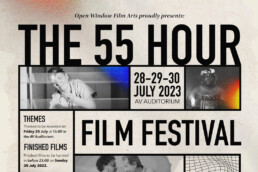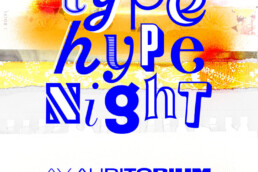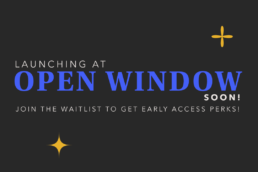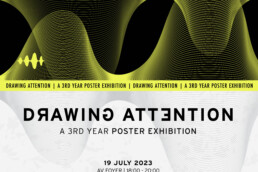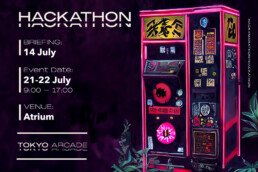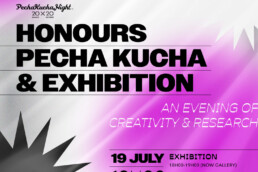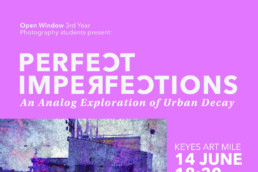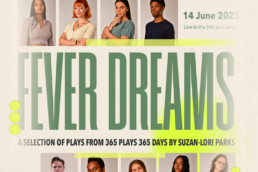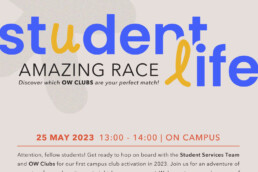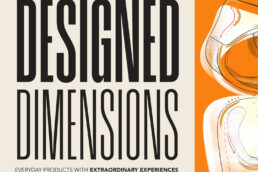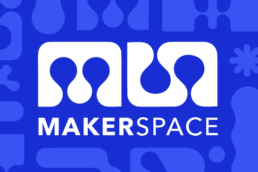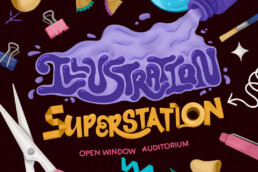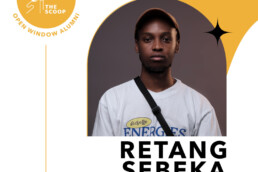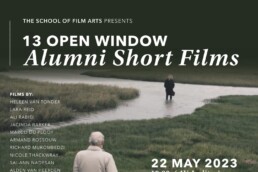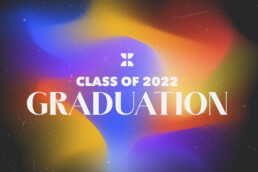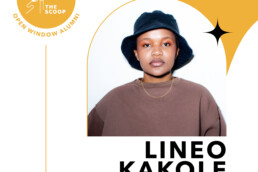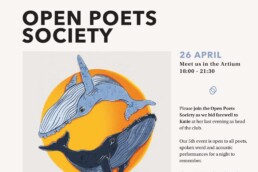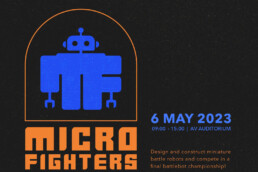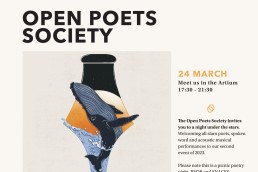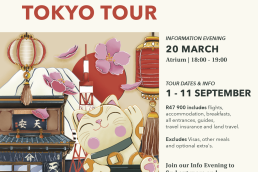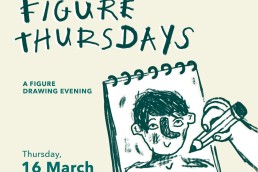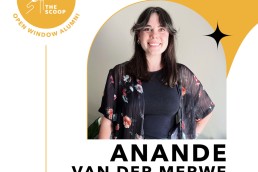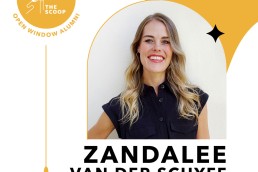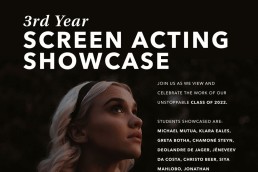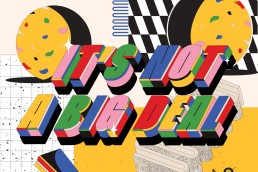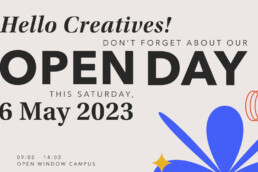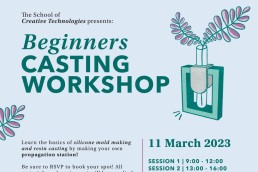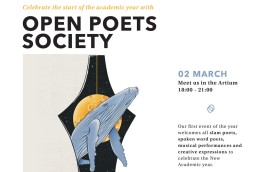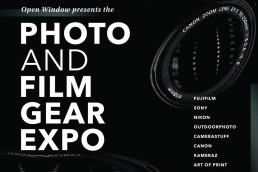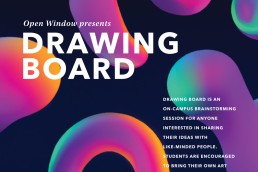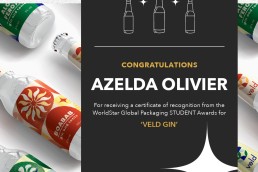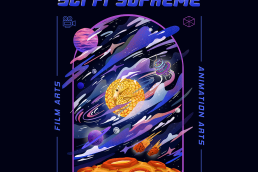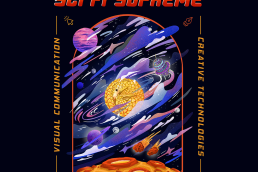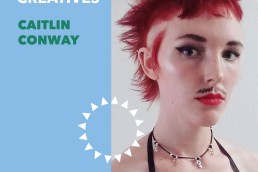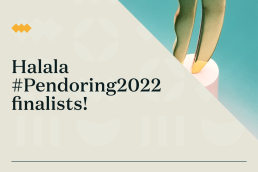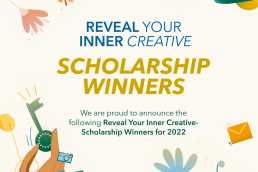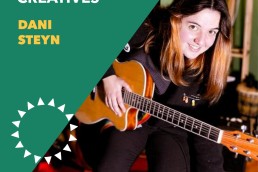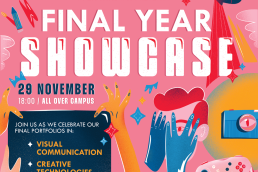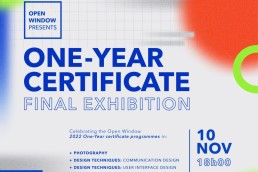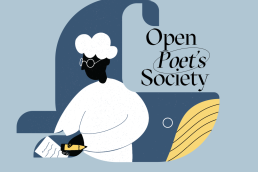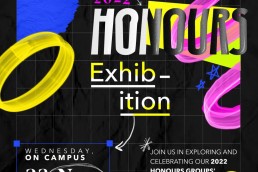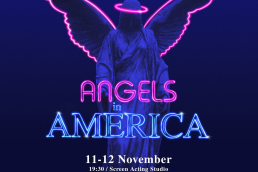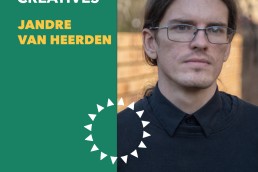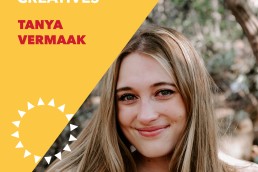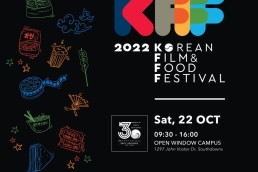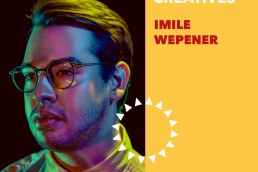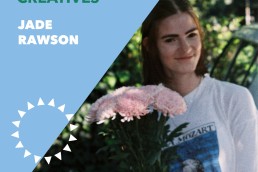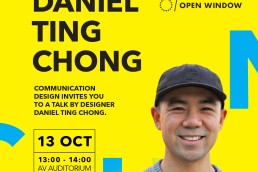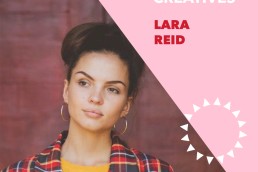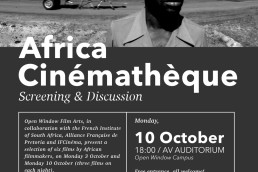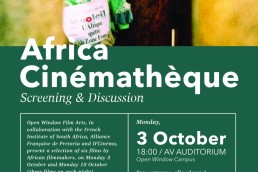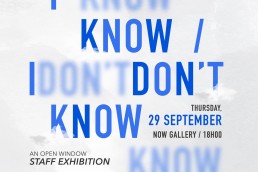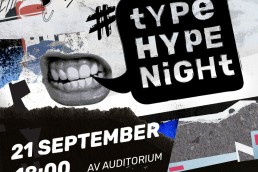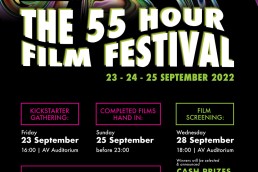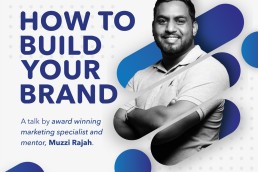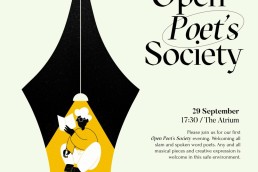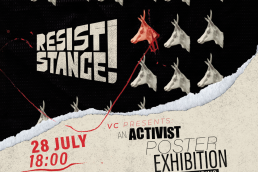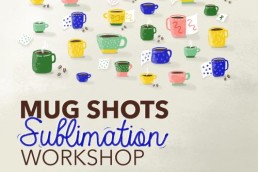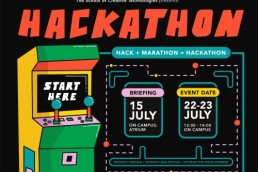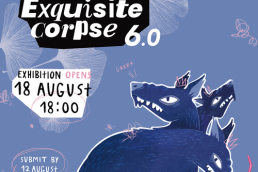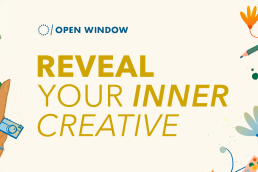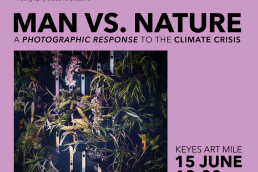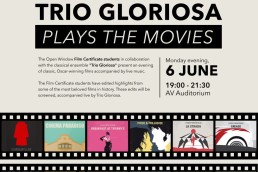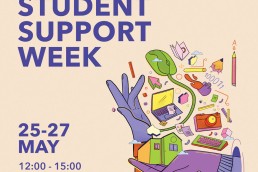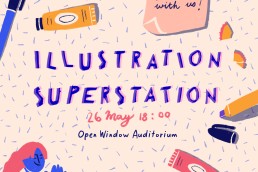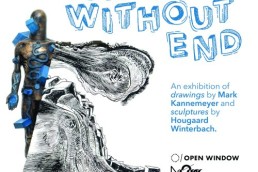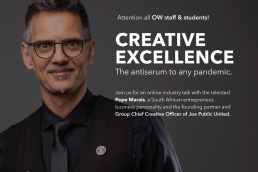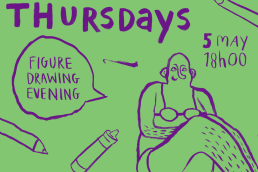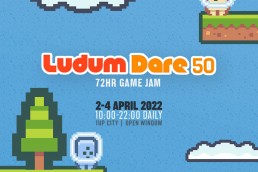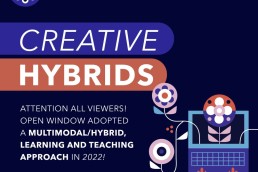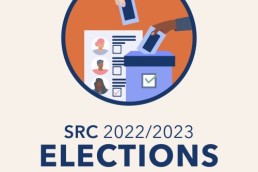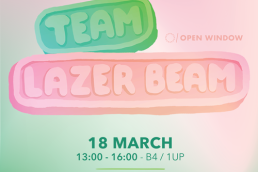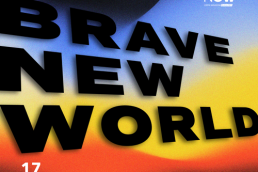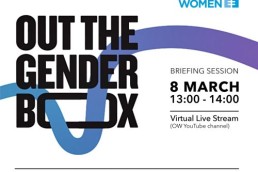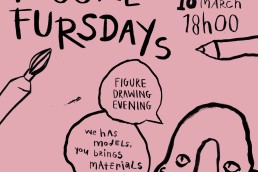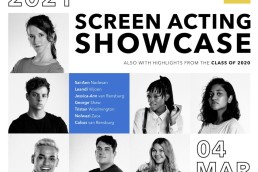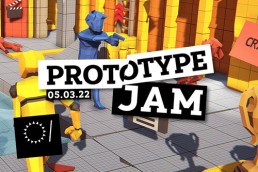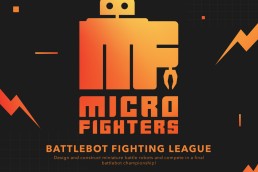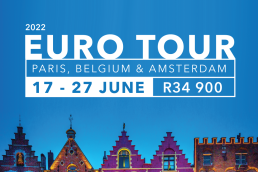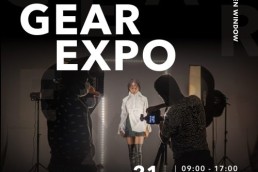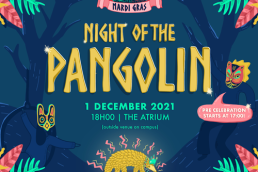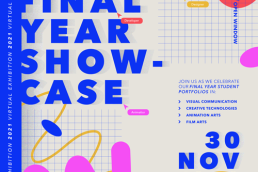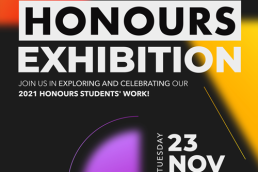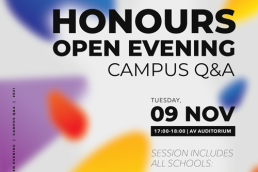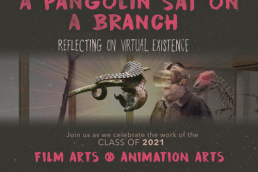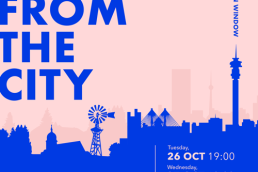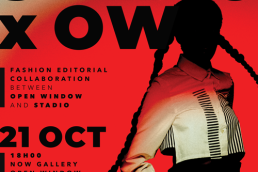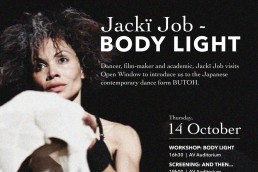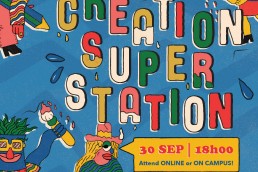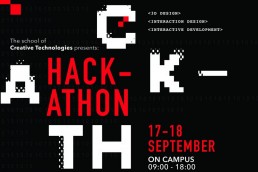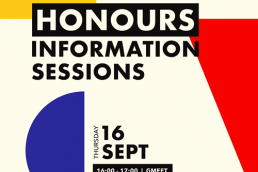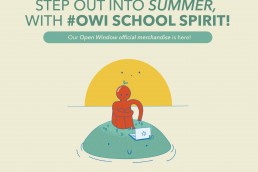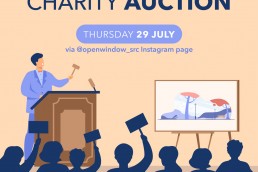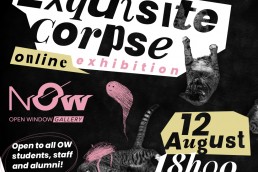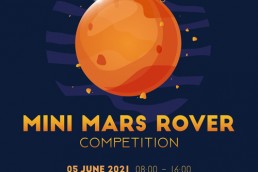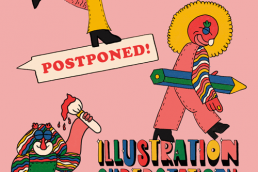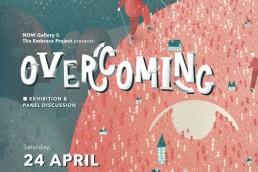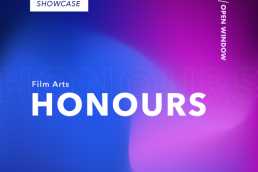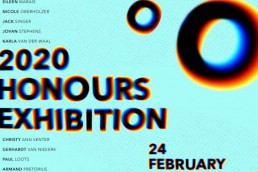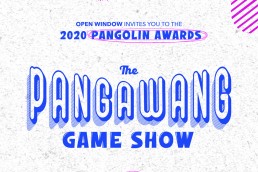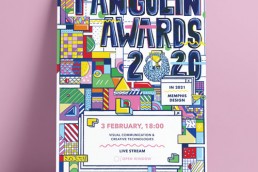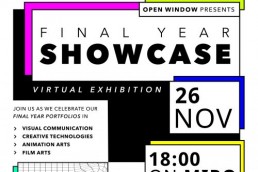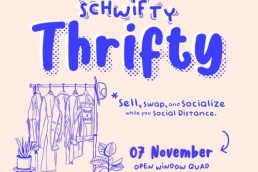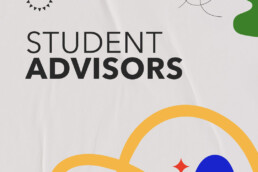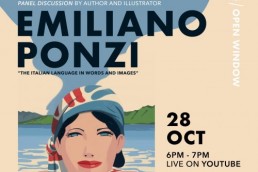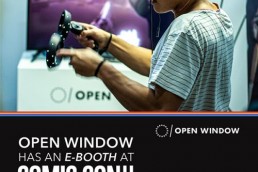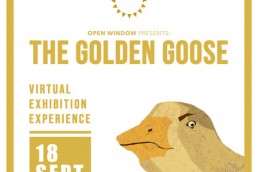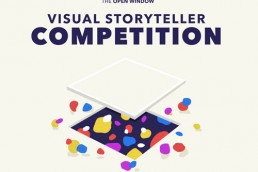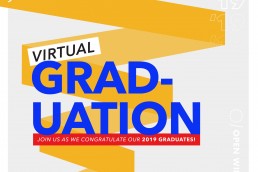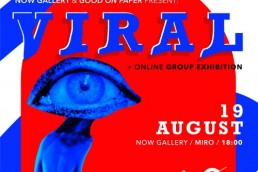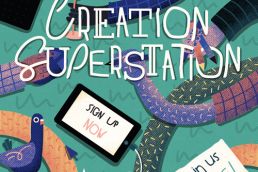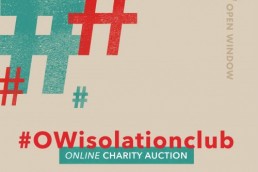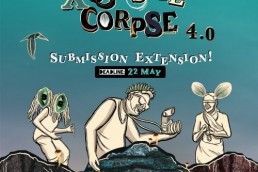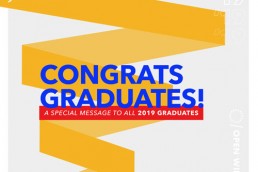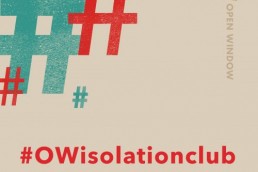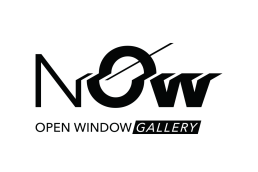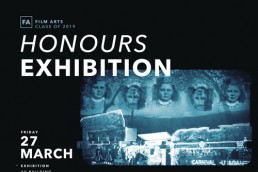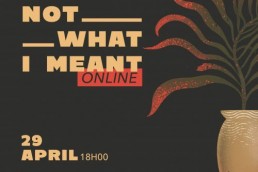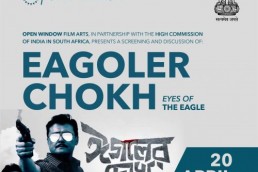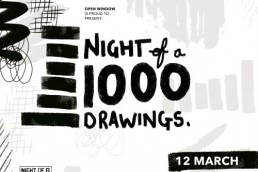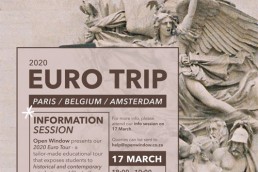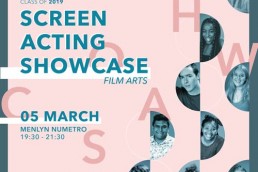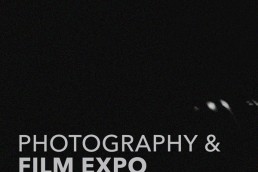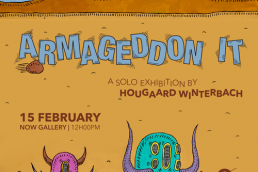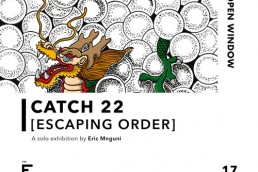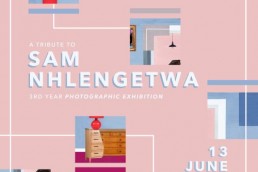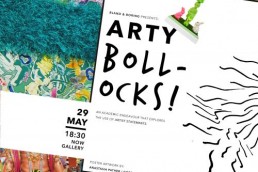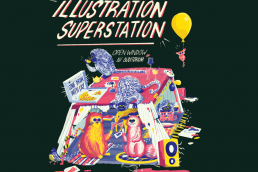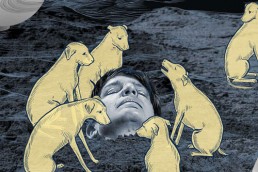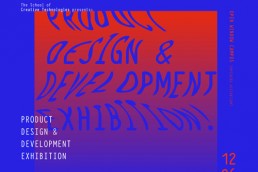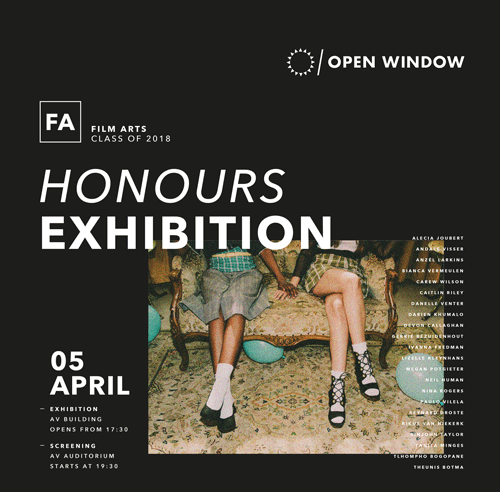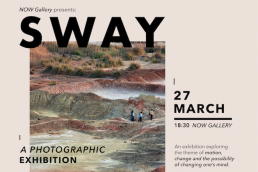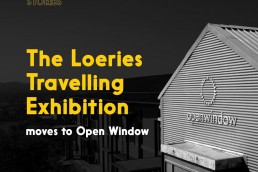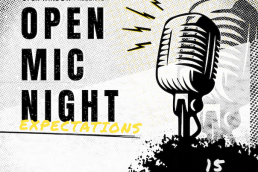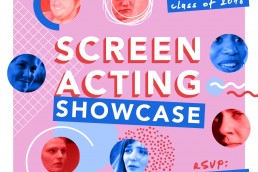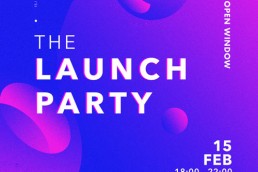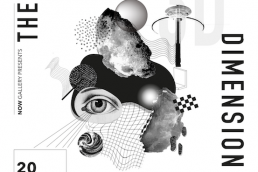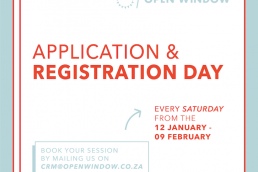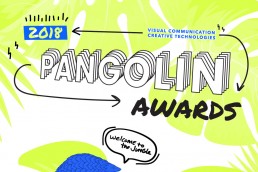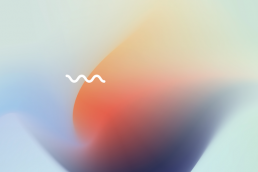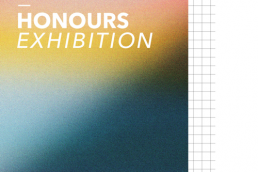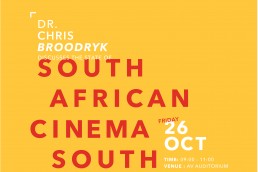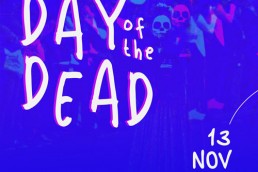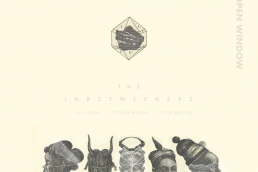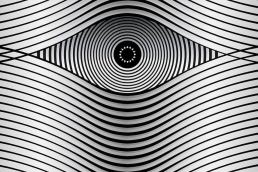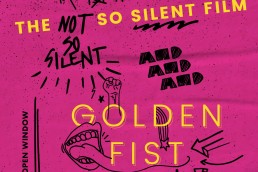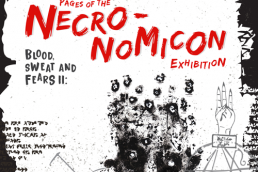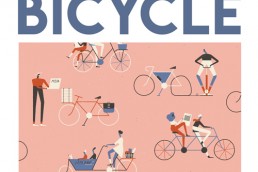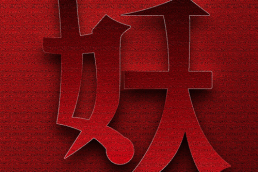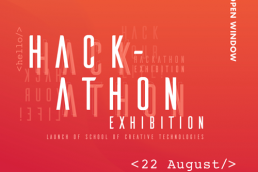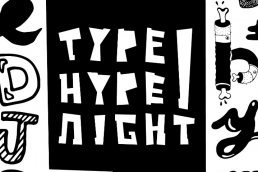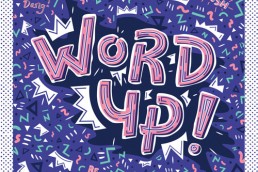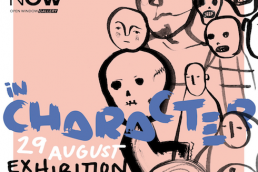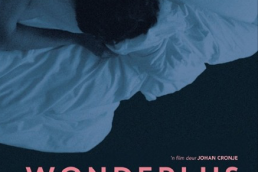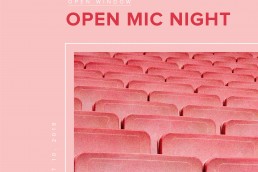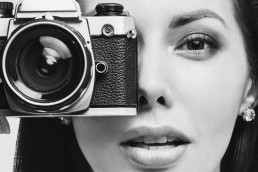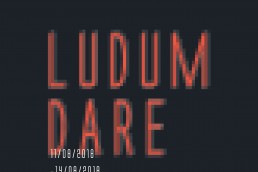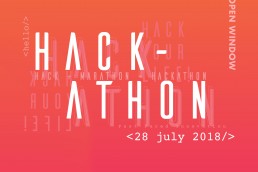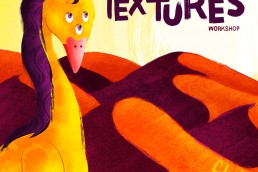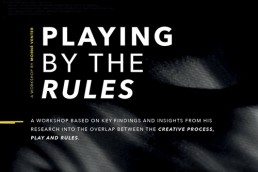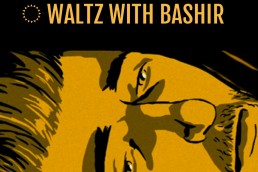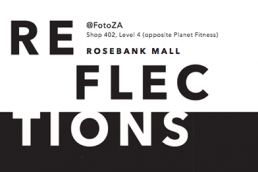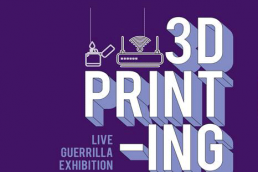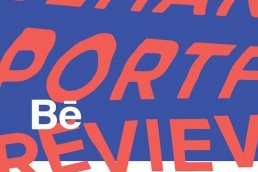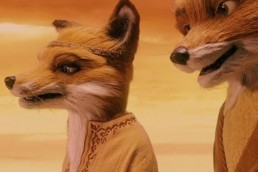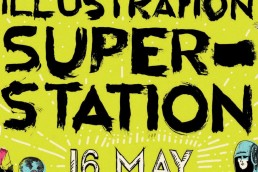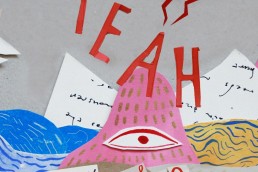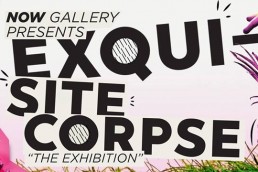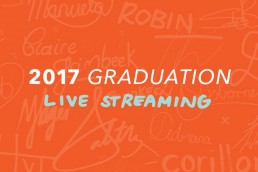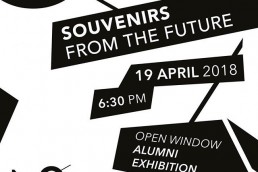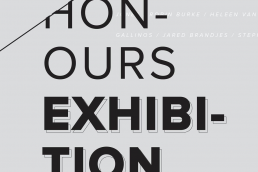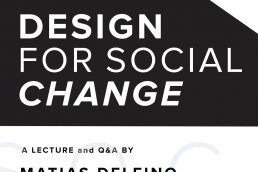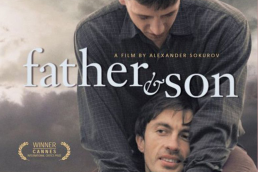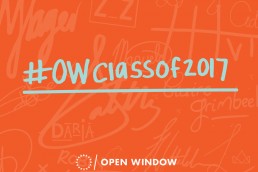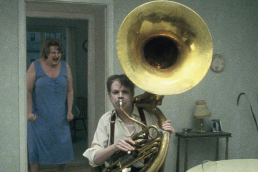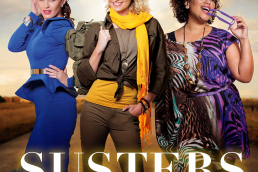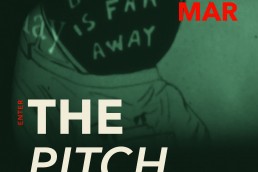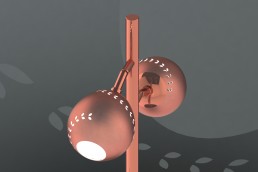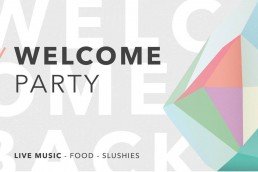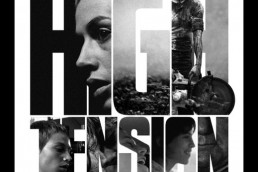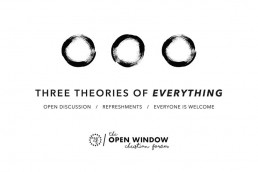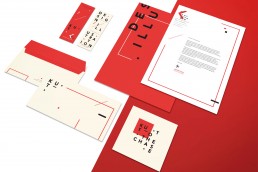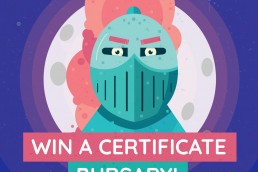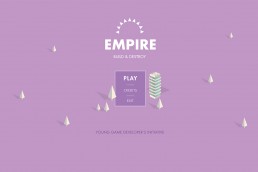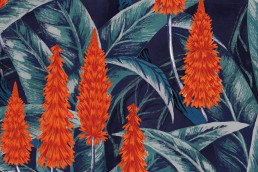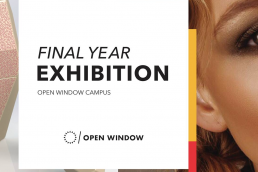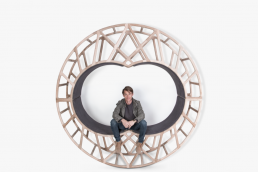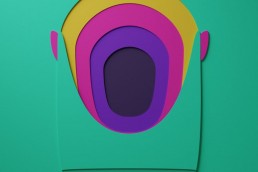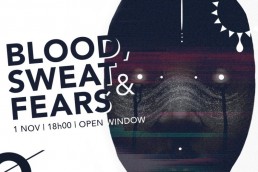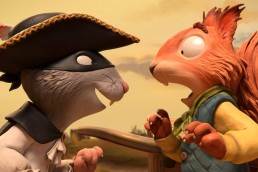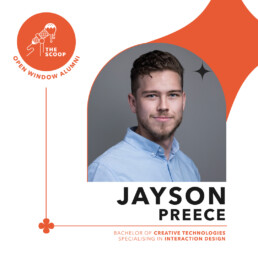

The Scoop - Jayson Preece
How did you find out about Open Window and how did you end up studying at OW?
Hi, I’m Jayson and I am a product designer specialising in mobile application design. I originally found out about Open Window through word-of-mouth via friends of mine and then I began my studies in early 2018 and finished my final year in 2020 since then I’ve worked on a variety of projects and companies in the tech industry ranging from Crypto Startups, Fintech businesses and now currently in Retail and hospitality solutions.
What inspired you to pursue a qualification in Interaction Design, and how has it influenced your career path since then?
I originally started studying Finance after high school and soon realised it wasn’t for me and that I needed something more creative and more hands-on, so after visiting Open Window’s website and campus and learning about interaction design I knew It was exactly what I wanted to do. Interaction design has many disciplines and career choices that you can choose to specialise in after graduating and it is extremely rewarding to see users interact and adopt something you’ve designed into their everyday lives.
Where do you work at the moment?
The company I work for is called Munch, and we specialise in cloud-based point-of-sale solutions for restaurants and retailers. We essentially streamline the whole ordering process from table-side ordering to customer ordering and allow owners and staff members to manage their operations on their mobile devices.
How do you approach the design process when working on a new project, and what are some of the key considerations you keep in mind?
I follow a mixture of Human-Centred design with Design Thinking approaches, what this looks like is exactly is I first get handed a project or specific brief and then first try to understand the group of people I am going to be designing for and what problem they are trying to solve and why.
The next is to define and discuss goals and needs with stakeholders or clients to get a better understanding of the opportunities available. From there, I kick off all of my rough ideation and this is where my creative process starts to kick into action, once I have a few good options I then work back and forth with clients to prototype a viable option that they are pleased with as well as demonstrate the interactions and flows that their users will engage with before.
Finally, testing is conducted with users to see if the solution creates an impact in solving their goal. Then the process repeats itself to incorporate new features or to change with growing user needs.
I think a big consideration in the whole process is to communicate constantly with your clients throughout the whole process, not only to give them peace of mind but to ensure you are catering to the right goals and needs.
What are some of the biggest trends you see emerging in the field of interaction design, and how do you stay up-to-date with the latest developments?
Definitely Augmented Reality (AR) and Virtual Reality (VR), I am really excited for what is to come in the next few years and how it’s going to open a world of opportunities for Interface designers and new immersive experiences as a whole. combining that with A.I and we’ll be able to create amazing new developments in E-commerce, fashion, and marketing.
How do you collaborate with clients, stakeholders, and other designers when working on a project, and what are some of the biggest challenges you face in this regard?
I think the best way to collaborate with clients and stakeholders is to communicate and involve them throughout your entire design process from start to finish and have weekly reviews to ensure they are satisfied with the progress and result as well as to make sure you are aligned with their vision of the project.
With regards to other designers, sharing ideas and providing feedback is such a valuable way to improve your designs and to learn other methods or approaches to your own work,
that is something I learned while studying at Open Window – my classmates and I were constantly reviewing each other’s designs and that really helped me build a strong foundation for solving problems in various ways just like writer’s block, you get design block from sometimes staring at your own work for too long and you might end up overcomplicating and missing a few things.
How do you balance the creative aspects of design with the practical considerations of functionality and usability?
It comes down to understanding the user you are designing for, their needs, goals and expectations. Another important aspect is to follow design principles that have been established by some of the best leaders in the industry such as hierarchy, consistency, and contrast to name a few, and be willing to make adjustments or iterate a design based on feedback or user testing. Once you have this outlined you can create designs that are not only visually appealing but are functional and easy to use.
What are some of the biggest mistakes you’ve seen individuals make when working on website or interaction design, and how can they be avoided?
I think a big mistake relates to the lack of collaboration between Designer and Developer, as designers we want to make really out-of-this-world designs with complex and beautiful visuals or interactions, and what tends to happen is we overlook the technical feasibility and implementation that developers would need to go through to achieve a mirror image of our designs.
A way to avoid this is to have a shared understanding of project goals and technical requirements at an early stage of the process and then follow with regular check-ins to communicate the progress from both sides.
If you’re a designer or developer my advice would be to learn how the other side works and their process – I find it really interesting to see my colleague’s code structure (even when I’m not 100% what it does) but once you know where each other limits are you can start planning and breaking those boundaries to achieve great results.
Top 3 Podcasts?
1. The Futur by Chris Do
2. UI Breakfast
3. The Huberman Lab
Can you talk about a particularly challenging project you worked on in the past, and how you overcame any obstacles you encountered?
I don’t have a specific project to talk about but two recurring obstacles throughout my career do come to mind. The first is differing opinions, different clients have certain expectations or opinions on design which can lead to delays in timelines and conflicts, and a way to resolve this is to explain your reasoning behind your design choices, this is something that all interaction designers will experience and it’s important to back your choices with research as well as user testing to ensure there’s no design debt accumulated. And the second would be something we call Scope-Creep and this is something that happens when you’re working with a client that may want to add new features or changes constantly towards the end phase of a project’s due date. Something I would recommend to all designers really is to put together a proposal template that outlines your process, expected timeline, costing model and contract termination. This will set you up for success and ensure you have the right documentation in place to cover you and your client in any event throughout the project.
How do you ensure that your designs are accessible to users with a range of different abilities and needs?
Accessible design is extremely interesting in the way that it outlines users’ different needs when approaching a goal, some users have physical impairments such as loss of hearing or sight others may have slightly larger thumbs or arthritis in their hands and these are all factors that play a huge role in how they will interact with your product.
A great way to ensure your designs meet these standards is to use assistive tools and simulators to test for example the contrast of colours on your design or to check the readability of your text and paragraphs and to follow design guidelines that ensure a user can click a button that is sized correctly and not strain their hands.
How do you incorporate user feedback into your design process, and what are some of the best ways to gather this feedback?
I incorporate user feedback from the start of my process by conducting user research such as on-site visits, surveys and interviews with individuals to gain insights into the needs and mental models of the users before diving into design, once a design has been established I share prototype links and allow the client or user to make comments on the process where they see fit to keep them involved and to ensure the flow or process Is easy to use and follow.
Do you have any favourite free resources you can share?
Yes, many! If you are doing or thinking about doing interaction design then Figma and the Figma community is a great place to begin, they offer UI Kits, UX templates and step-by-step instructions to help you learn. Another would be the UX Checklist which provides a checklist of best practices including user research, information architecture and UI Design principles. Google Fonts for free font families to choose from for your design. Apple’s Human Interface Guidelines are extremely helpful and explain every design choice and interaction present on their devices. ChatGPT can help you understand and find out the best solution or the reasoning behind why certain principles work and also give you step-by-step processes for feature flows.
What’s your go-to creative snack?
Definitely popcorn, during my time in Open Window I was always snacking on popcorn between classes and now I’m really fortunate to have a popcorn machine in the building that I work in so every morning at 10:00 my team and I head down to grab some before diving into the days work.
Any favourite hobbies?
I enjoy travelling and exploring, one of my favourite places I have visited is Amsterdam and exploring the modern interactive museums and creative tech scene was really something special.
What advice would you give to someone who is interested in pursuing a career in Interaction Design, and what skills or qualities do you think are most important for success in this field?
Start now, and learn as much as you can, you can only get better with time, practice and patience. Pick something you’re interested in and create something for yourself or someone close to you in my opinion it’s the best way to learn and find out what you enjoy, it can be something attainable, if you enjoy Travelling try creating a travel planner app for your next holiday or if you love animals, create an app that brings pet owners together at parks for playdates on the weekend.
If you enjoy solving problems, and have attention to detail and empathy then I would definitely recommend pursuing Interaction design as a potential career, and the benefit of studying at a place like Open Window is that you get taught first-hand experience from leading industry experts and the curriculum Is structured in a way to equip you with the best skills and knowledge to take forward into your career.
The work represented in this interview is both work done by Jayson and work done in collaboration with his colleagues from Munch.
Related Posts
February 12, 2025
Scholarships Competition 2024 – Winners
January 31, 2025
Ranked No1 Educational Institution
November 11, 2024
Open Day (Centurion) – 25 Jan
November 11, 2024
Open Day (Stellenbosch) – 25 Jan
November 8, 2024
Pendoring Award Finalists 2024
October 24, 2024
One Year Programme Exhibition | 20 November
October 17, 2024
Method Moments: A Journey Through Characters
October 16, 2024
Postgrad Diploma Exhibition | 20 November
October 16, 2024
Honours Exhibition | 20 November
October 14, 2024
Theory Blog – Moving Image Theory 200
October 14, 2024
Theory Blog – Film Theory 300
October 14, 2024
Loerie Award Winners 2024
October 11, 2024
Intervarsity Portfolio Day | 26 October
October 11, 2024
The Scoop – Nathan Fernandes
October 10, 2024
Theory Blog – Visual Culture 300
October 10, 2024
Theory Blog – Visual Culture 200
October 10, 2024
Virtual FSBS Art Auction | 1- 8 November
October 8, 2024
Loerie Award Finalists 2024
October 1, 2024
Past Forward Exhibition | 24 October
September 27, 2024
Mini Mega Market | 22 November
September 25, 2024
In the Now Exhibition | 26 September
September 13, 2024
Korean Food and Film Festival | 19 October
August 19, 2024
High School – Stellenbosch Workshops
August 1, 2024
Scholarship Competition 2024
July 30, 2024
Awareness Day – Stellenbosch – 19 October
July 29, 2024
High School – August Workshops
July 29, 2024
Guest Speaker: Tundé Adefioye – 13 August
July 24, 2024
Figure Thursday (Stellenbosch) – 08 August
July 19, 2024
In the Now: Third Workshop – 02 Aug
July 12, 2024
Fantastic Planet Animation Club Screening – 24 July
July 8, 2024
Exquisite Corpse 8.0 – Riso Roulette Series
July 3, 2024
Guest Speaker: Osmond Tshuma | 17 July
June 12, 2024
The Scoop – Stephan Calitz
June 11, 2024
Honours Pecha Kucha & Exhibition | 17 July
June 5, 2024
Exquiste Corpse 8.0 | 15 August
May 31, 2024
Screen on Stage | 13 & 14 June
May 23, 2024
Figure Thursday (Stellenbosch) | 06 June
May 16, 2024
Creation Superstation (Stellenbosch) | 30 May
May 13, 2024
Creation Superstation (Centurion) | 22 May
April 17, 2024
The Scoop – Raymon van Niekerk
April 11, 2024
The Kubuni: Comics from Africa Exhibition – 24 April
April 10, 2024
Experimenting with Watercolour – 4 May
March 6, 2024
The Scoop – Reynard Droste
March 4, 2024
Pages in Progress – 30 May
February 27, 2024
In the Now: Second Workshop – 12 July
February 27, 2024
In The Eyes of Others: Ghosts of Observation – 13 March
February 26, 2024
The Scoop – Duncan Foster
February 13, 2024
Photo & Film Gear Expo – 19 February
February 12, 2024
The Scoop – Morne Venter
February 12, 2024
Figure Thursday – 07 March
February 12, 2024
Italy Tour 2024
February 9, 2024
Climbing Club Information Session
December 6, 2023
Scholarships 2023 Competition – Winners
November 24, 2023
The Scoop – Patrick Yaffe
November 22, 2023
Mini Mega Market | 02 May
November 22, 2023
Open Window Film Festival
November 13, 2023
Final Year Showcase | 28 Nov
November 10, 2023
The Scoop – Sabeeha Banubhai
November 8, 2023
Pangolin Awards 2023 | 1 Dec
October 31, 2023
Honours Exhibition 2023
October 31, 2023
One-Year Programme Showcase
October 9, 2023
Pendoring Award Finalists 2023
October 6, 2023
Open Window Staff’s Got Talent Show
October 5, 2023
Loerie Award Finalists 2023
October 4, 2023
Open Window X University of Tsukuba
September 29, 2023
South American – Short Films
September 26, 2023
Korean Film & Food Festival
September 17, 2023
Tigritudes Screenings – Panafrican Film Cycle
September 14, 2023
Beyond the Bounds Exhibition – 19 Oct
September 13, 2023
ReLo: Charting Change – Tamara Weetman
September 13, 2023
Guest Talk – Ndumiso Nyoni
August 22, 2023
The Scoop – Maaike Bakker
August 13, 2023
Nowhere – A Solo Exhibition by Lala Crafford
August 10, 2023
Guest Talk – Pieter Hugo
August 4, 2023
Open Day – Stellenbosch – 07 September 2024
August 3, 2023
Guest Talk: Reuben Heydenrych – 26 Sept
July 28, 2023
Exquisite Corpse 7.0 – 16 August
July 20, 2023
55-Hour Film Festival
July 19, 2023
Type Hype Night – 02 August
July 12, 2023
Drawing Attention – 19 July
July 5, 2023
Hackathon – 21 & 22 July
June 6, 2023
Perfect Imperfections – 14 June
May 31, 2023
Fever Dreams – 14 June
May 23, 2023
Student Life – Amazing Race | 25 May
May 23, 2023
Designed Dimensions – 31 May
May 22, 2023
MakerSpace Dashboard
May 16, 2023
Illustration Superstation
May 15, 2023
The Scoop – Retang Sebeka
May 15, 2023
13 OW Film Arts Alumni Short Films
May 8, 2023
Class of 2022 – Graduation
April 13, 2023
The Scoop – Lineo Kakole
April 11, 2023
Open Poets Society | A Change of Hands
March 22, 2023
MicroFighters 2023 – 30 May
March 8, 2023
Open Poets Society – 24 March
March 7, 2023
Tokyo Tour – 20 March
March 6, 2023
Figure Thursdays – 16 March
March 2, 2023
The Scoop – Anande van der Merwe
March 2, 2023
The Scoop – Zandalee van der Schyff
February 28, 2023
3rd Year Screen Acting Showcase – 17 March
February 24, 2023
It’s Not a Big Deal – 09 March
February 24, 2023
Open Day – 06 May
February 22, 2023
Beginner’s Casting Workshop – 11 March
February 20, 2023
Open Poets Society – 02 March
February 16, 2023
Photo & Film Gear Expo – 20 Feb
February 16, 2023
Drawing Board – 23 Feb
January 23, 2023
WorldStar Global Packaging Awards – Azelda Olivier
November 10, 2022
Pangolin Awards 2022 – Animation Arts & Film Arts | 02 December
November 8, 2022
The Creatives – Caitlin Conway
November 1, 2022
Pendoring Finalists 2022
November 1, 2022
Reveal Your Inner Creative – Scholarship Winners
October 31, 2022
The Creatives – Dani Steyn
October 28, 2022
Final Year – Student Showcase | 29 November
October 27, 2022
One-Year Programme Exhibition | 10 November
October 26, 2022
Open Poets Society | 09 Nov
October 26, 2022
Honours Exhibition | 23 Nov
October 18, 2022
The Creatives – Jandre van Heerden
October 9, 2022
The Creatives – Tanya Vermaak
October 7, 2022
Korean Film and Food Festival | 22 October
October 5, 2022
The Creatives – Imile Wepener
September 29, 2022
The Creatives – Jade Rawson
September 28, 2022
Guest Speaker: Daniel Ting Chong | 13 October
September 25, 2022
The Creatives – Lara Reid
September 23, 2022
Africa Cinémathèque | 10 October
September 23, 2022
Africa Cinémathèque | 03 October
September 14, 2022
I know / I don’t know | 29 Sep
September 7, 2022
Type Hype Night | 21 Sep
September 6, 2022
The 55-Hour Film Festival | 23 Sep
September 6, 2022
Muzzi Rajah: How to Build your Brand | 22 Sep
September 6, 2022
Open Poets Society | 29 Sep
July 15, 2022
Resist/Stance! Exhibition
July 10, 2022
Mug Shots Sublimation Workshop!
July 8, 2022
Hackathon
June 21, 2022
Exquisite Corpse 6.0
June 14, 2022
Reveal Your Inner Creative – Scholarship Competition
May 27, 2022
Trio Gloriosa, Plays the Movies | 06 June
May 23, 2022
Student Support Week | 25 -27 May
May 17, 2022
Illustration Superstation | 26 May
May 3, 2022
World Without End Exhibition | 14 May
April 28, 2022
Figure Thursdays | 05 May
March 29, 2022
Ludum Dare 50 [Game Jam] – 02 – 04 April
March 15, 2022
Multimodal Teaching Approach
March 14, 2022
2022/23 SRC Elections – 01 April
March 10, 2022
Meet Team Lazerbeam | 18 March
March 7, 2022
Brave New World | 17 March
March 2, 2022
Figure Fursdays | 10 March
February 24, 2022
Class of 2021 Screen Acting Showcase | 04 March
February 23, 2022
Prototype Jam | 05 March
February 15, 2022
MicroFighters | 30 April
February 15, 2022
Euro-Tour 2022
February 13, 2022
Photo & Film Gear Expo
November 12, 2021
Night of the Pangolin | 01 December
November 9, 2021
Final Year Showcase 2021 | 30 November
November 2, 2021
Honours Exhibition | 23 November
October 26, 2021
Honours Open Evening | 09 November
October 20, 2021
Scenes from the City | 26-27 October
October 15, 2021
STADIO x OW Exhibition | 21 October
October 4, 2021
Jackï Job – Body Light | 14 October
September 20, 2021
Creation Superstation | 30 September
September 15, 2021
Hackathon | 17 & 18 September
September 2, 2021
Honours Information Sessions
August 26, 2021
OW Merchandise
July 21, 2021
@OWRebuildSA Art Auction | 29 July
July 16, 2021
Exquisite Corpse 5.0
July 6, 2021
Blog
June 1, 2021
Mini Mars Rover Competition | 05 June
May 5, 2021
Illustration Superstation | 20 May
April 14, 2021
NOW Gallery and The Embrace Project presents OVERCOMING
March 12, 2021
Film Arts Honours – 17- 19 March
February 10, 2021
Honours Exhibition 2020
February 1, 2021
The Pangolin Awards 2020 (FA & AA)
January 26, 2021
The Pangolin Awards 2020 (VC & CT)
January 21, 2021
COVID Compliance Form
November 4, 2020
Final Year Showcase Portfolios
October 21, 2020
Schwifty Thrifty
October 19, 2020
Year-End Function
October 14, 2020
OW Student Advisors
October 2, 2020
Panel discussion with Italian artist Emiliano Ponzi
September 23, 2020
Comic Con Africa
September 17, 2020
OW Feedback Form
September 15, 2020
Golden Goose Exhibition
September 8, 2020
Visual Storyteller Bursary Competition
August 21, 2020
Virtual Graduation – Class of 2019
August 12, 2020
NOW Gallery and Good on Paper present VIRAL – 19 August
July 20, 2020
Creation Superstation – 29 July
June 9, 2020
Love in the time of Corona – 17 June
May 21, 2020
OWIsolationclub Online Charity Auction
May 21, 2020
Exquisite Corpse 4.0 Online
April 9, 2020
Congrats Graduates
April 2, 2020
Isolation Club
April 1, 2020
Now Gallery
March 16, 2020
Film Arts Honours Exhibition | 27 March
March 11, 2020
That’s not what I meant | 29 April
March 4, 2020
Eagoler Chokh Screening | 20 April
March 4, 2020
Night of a 1000 Drawings | 12 March
March 4, 2020
Euro Trip Information Session | 17 March
February 18, 2020
Class of 2019 Screen Acting Showcase | 05 March
February 5, 2020
Photography & Film Expo | 10 February
January 22, 2020
Armageddon it | 15 February
July 1, 2019
Catch 22 [escaping order | 17 July
May 21, 2019
Artybollocks | 29 May
May 21, 2019
Illustration Superstation | 23 May
April 23, 2019
Exquisite Corpse 3.0 | 02 May
April 10, 2019
Product Design and Development Exhibition | 12 -26 April
April 1, 2019
Film Arts Honours Exhibition | 05 April
March 18, 2019
SWAY: A Photographic Exhibition | 27 March
March 11, 2019
Loeries Travelling Exhibition | 18 March
March 7, 2019
Open Mic Night | 15 March
February 25, 2019
Screen Acting Showcase | 28 February
February 11, 2019
Launch Party | 15 February
January 29, 2019
The Third Dimension | 20 February
January 14, 2019
Applications and Registrations
November 5, 2018
The Pangolin Awards (VC & CT) | 29 November
October 25, 2018
Final Year Showcase | 22 November
October 24, 2018
BA Honours Graduate Exhibition | 20 November
October 12, 2018
South African Cinema: Dr Chris Broodryk | 26 October
October 11, 2018
Day of the Dead Party | 13 November
September 27, 2018
The Inbetweeners: Workshop | 05 October
September 17, 2018
The not so silent film and Golden fist awards | 21 September
September 16, 2018
Blood, Sweat and Fears II: Pages of the Necronomicon | 24 October
September 5, 2018
All I Wanna Do Is Bicycle | 26 September
August 16, 2018
Monster Hunt Screening | 22 October
August 13, 2018
Type Hype Night | 02 August
August 13, 2018
Word Up Workshop | 21 August
August 12, 2018
In Character: Exhibition and Performance | 29 August
August 10, 2018
Wonderlus Screening | 31 August
August 9, 2018
Korean Film and Food Festival | 20 October
August 6, 2018
Open Mic Night | 10 August
August 5, 2018
Photo Plus Africa | 19 October
July 26, 2018
Ludum Dare | 11 August
July 16, 2018
OWI Annual Hackathon | 28 July
July 13, 2018
Welcome Back Party – House of Sin | 20 July
July 10, 2018
Testing Textures Workshop | 24 July
June 25, 2018
Playing by the Rules | 11 July
June 8, 2018
Waltz with Bashir Screening | 14 June
May 31, 2018
3D Rapid Prototyping | 6 June
May 3, 2018
Behance Portfolio Review | 12 May
May 3, 2018
Fantastic Mr. Fox Screening | 7 May
May 3, 2018
Illustration Superstation | 16 May
April 26, 2018
Exquisite Corpse | 10 May
April 3, 2018
2017 Graduation – Live Streaming | 6 April
March 29, 2018
Matias Delfino: Design for Social Change
March 28, 2018
Father and Son – Film Salon
March 27, 2018
Graduation
November 16, 2017
Final Year Student: Exhibition | 28 November
The annual Final Graduate Showcase, for…
